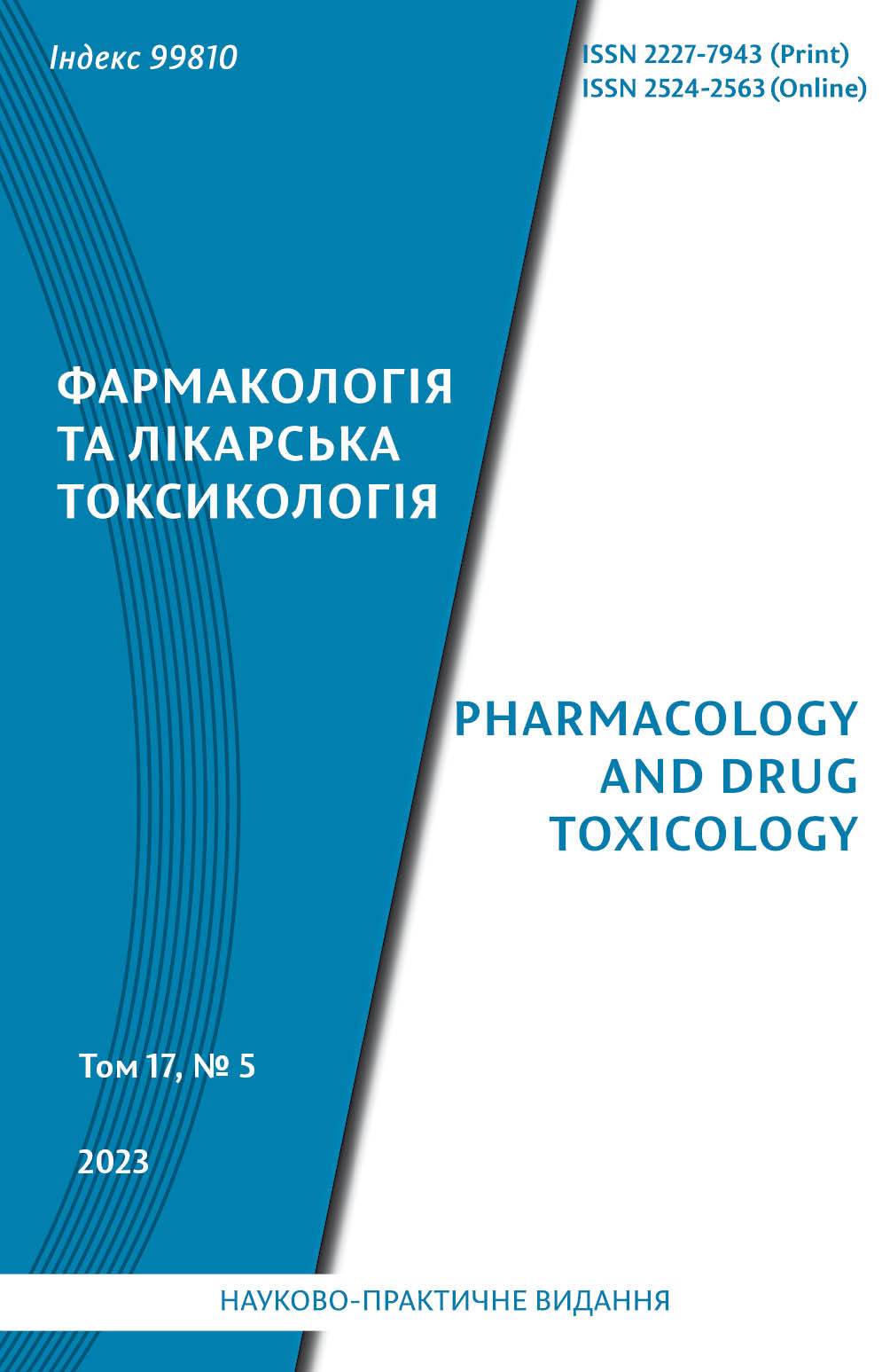Abstract
A significant spread of antibiotic-resistant strains of microorganisms and a decrease in the effectiveness of antimicrobial chemotherapy require the search for new compounds and the development of drugs that can inhibit the growth and reproduction of pathogens of the infectious process.
The aim of the study is to evaluate the specific antibacterial effect of functionalized (pyrimidin-5-yl) triphenylphosphonium salts against planktonic cells with different sensitivity to antimicrobial drugs.
The antimicrobial effect of functionalized (pyrimidin-5-yl)triphenylphosphonium salts in relation to planktonic cells of bacteria S. aureus, E. coli and P. aeruginosa was studied using generally accepted methods with the determination of MIC. Test strains of microorganisms served reference test strains and clinical isolates, both sensitive to the action of antimicrobial drugs and multiresistant strains.
The results obtained indicate that functionalized (pyrimidin-5-yl)triphenylphosphonium salts show activity against gram-positive and gram-negative microorganisms. Methicillin-resistant strains of S. aureus and multiresistant strains of P. aeruginosa are susceptible to their action. According to data obtained, compounds M-1711, M-1717 and M-1729 show advantages over azithromycin against methicillin-resistant S. aureus NCTC 12493 and S. aureus ATCC 43300. According to the MIC value, these compounds outweigh the effect of ciprofloxacin (MIC 2.0 μg/ml). The study of the antimicrobial effects of the functionalized (pyrimidin-5-yl)triphenylphosphonium salts on E. coli showed, that their activity is somewhat inferior to that against Staphylococcus aureus, MIC in the range of 2.7–50.0 μg/ml. According to the spectrum of inhibitory activity, the most pronounced effect was recorded in compound M-1717 and M-1729.
Thus, the data obtained indicate the prospects of further pharmacological study of the compounds M-1717 and M-1729 in order to assess the feasibility of creating a new antimicrobial drug.
